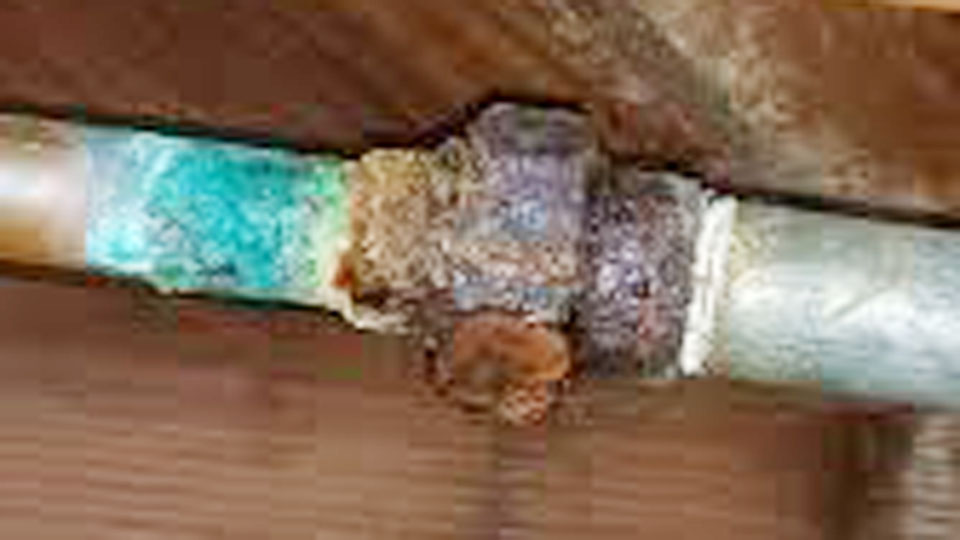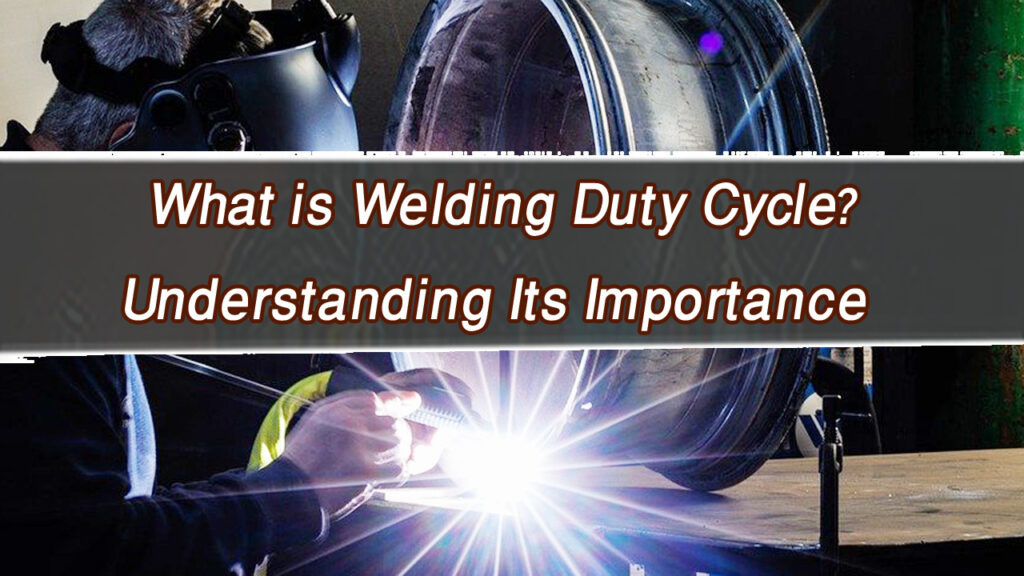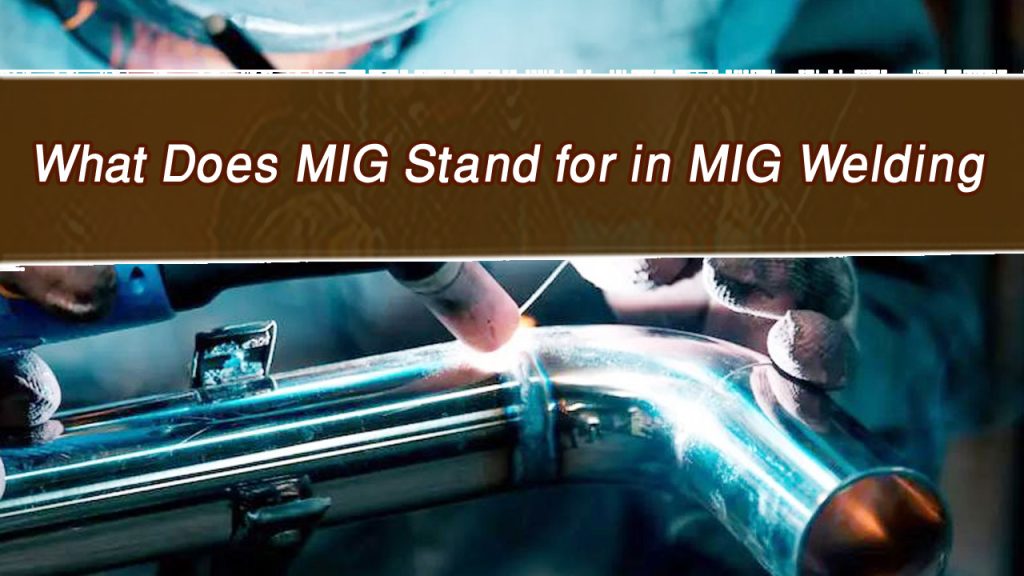I’ve worked with metals for years, and one thing I’ve learned is that not all metals get along with each other. If you’ve ever tried connecting copper to galvanized steel, you might have noticed corrosion forming over time. This isn’t just a random occurrence—it’s a chemical reaction known as galvanic corrosion.

If you’re planning a plumbing project, working with electrical grounding, or dealing with metal structures, it’s important to understand how copper and galvanized steel react together.
This reaction can lead to damage, leaks, or even structural failure if not handled correctly. Let’s break down why this happens, what causes it, and how to prevent it.
Why Does Copper React with Galvanized Steel?
Metals don’t just react with air and water; they also react with each other. When two dissimilar metals come into contact in the presence of moisture, they create an electrochemical reaction. This is called galvanic corrosion.
Copper and galvanized steel have different positions on the galvanic series, which ranks metals based on their tendency to corrode. Copper is more noble, while zinc (which coats galvanized steel) is more reactive. When these two metals touch and water is present, the zinc starts to corrode faster than normal.
Why is this a problem?
- Zinc protects the steel underneath it from rusting.
- When zinc corrodes away, the steel is exposed and starts to rust.
- The reaction weakens the steel and causes it to deteriorate over time.
This reaction is especially bad in plumbing systems, where water speeds up corrosion. If you’ve ever seen a corroded pipe joint between copper and galvanized steel, you’ve seen this reaction in action.
How Fast Does Galvanic Corrosion Happen?
The speed of corrosion depends on several factors:
- Moisture level – More water means faster corrosion.
- Type of water – Saltwater or acidic water speeds up the reaction.
- Size of the metal surfaces – A small piece of zinc connected to a large copper surface will corrode very quickly.
- Electrical conductivity – If there’s an electrical current flowing through the metals, corrosion happens even faster.
In some cases, you might not see the damage right away. It could take months or even years for leaks or structural damage to appear.
Where Does This Reaction Commonly Occur?
Copper and galvanized steel are used in a lot of applications, and this reaction can cause problems in different areas:
Plumbing Systems – Older homes often have a mix of galvanized pipes and newer copper pipes. This can lead to pipe leaks and blockages over time.
HVAC Systems – Air conditioning and heating systems sometimes use both metals, leading to corrosion in humid environments.
Electrical Grounding – Copper wires connected to galvanized steel structures can cause corrosion at the connection points.
Roofing and Gutter Systems – Copper roofing elements touching galvanized steel fasteners or flashing can lead to deterioration.
If you work with these materials, it’s important to know how to prevent galvanic corrosion before it becomes a costly problem.
How to Prevent Galvanic Corrosion Between Copper and Galvanized Steel
The good news is that there are ways to prevent this reaction. Here are the most effective methods:
Use a Dielectric Union
A dielectric union is a special fitting that prevents direct contact between copper and galvanized steel. It has a rubber or plastic insulator that stops the electrical current that causes corrosion.
Best for: Plumbing systems where copper and steel pipes need to be connected.
Use a Brass Fitting as a Buffer
Brass is a neutral metal that doesn’t react as aggressively as copper or zinc. If you connect a brass fitting between copper and galvanized steel, it can reduce the risk of corrosion.
Best for: HVAC systems, plumbing, and electrical connections.
Apply Protective Coatings
You can use paint, sealants, or corrosion-resistant coatings to separate the metals. This blocks moisture and slows down the corrosion process.
Best for: Outdoor applications, roofing, and metal structures.
Keep Connections Dry
Since moisture speeds up galvanic corrosion, keeping connections dry and well-sealed helps reduce the reaction. Using proper pipe insulation and waterproofing materials can make a big difference.
Best for: Plumbing, electrical, and structural applications.
Choose Compatible Metals
The best way to avoid corrosion is to avoid mixing metals that don’t go together. If possible, use all copper or all galvanized steel in your project.
Best for: New construction or major renovations.
Comparison of Prevention Methods
| Prevention Method | How It Works | Best For |
|---|---|---|
| Dielectric Union | Insulates the connection | Plumbing systems |
| Brass Fitting | Acts as a neutral buffer | HVAC, plumbing, electrical |
| Protective Coating | Blocks moisture and air | Outdoor applications |
| Keep Dry | Reduces moisture exposure | Electrical and plumbing |
| Use Same Metals | Eliminates galvanic reaction | New construction |
Each method has its benefits depending on the situation. If you’re working on plumbing, a dielectric union or brass fitting is best. If you’re dealing with outdoor structures, a protective coating is the way to go.
Signs of Galvanic Corrosion
If you already have copper and galvanized steel in your system, it’s important to check for early signs of corrosion:
- White, powdery buildup (zinc corrosion) near joints.
- Rust forming on steel parts.
- Leaks or weak spots in plumbing connections.
- Metal becoming brittle or flaking apart.
If you spot any of these, take action quickly to prevent bigger problems.
Conclusion
Copper and galvanized steel don’t mix well, and the reaction between them can cause serious corrosion over time. If you’re working with these metals, it’s important to take preventative measures to avoid costly damage.
Using dielectric unions, brass fittings, protective coatings, and proper insulation can help reduce the risk. If you’re planning a new project, choosing compatible metals from the start is always the best option.
I’ve seen firsthand what happens when galvanic corrosion is ignored, and trust me—it’s not something you want to deal with. If you notice corrosion forming on your pipes, HVAC system, or electrical connections, addressing it sooner rather than later can save you time and money in the long run.
Frequently Asked Questions
Can I connect copper to galvanized steel?
Yes, but you need to use a dielectric union or a brass fitting to prevent galvanic corrosion.
How long does it take for galvanic corrosion to appear?
It depends on moisture levels, but it can start within a few months and become serious in a few years.
What happens if I ignore galvanic corrosion?
Over time, the steel will rust and weaken, leading to leaks, structural damage, or complete failure.
Can I paint over metal to prevent galvanic corrosion?
Yes, painting or sealing the connection helps block moisture and slow down the reaction.
Is brass better than galvanized steel for preventing corrosion?
Yes, brass is more resistant to corrosion and works well as a buffer between copper and steel.
Avoiding galvanic corrosion is all about understanding the materials you’re working with and taking the right precautions. A little effort now can save huge repair costs later.

Endow Russel the owner chief editor of giftendow.com . I am a mechanical engineer and assign to an local firm with much experience in welding and industrial equipment.

